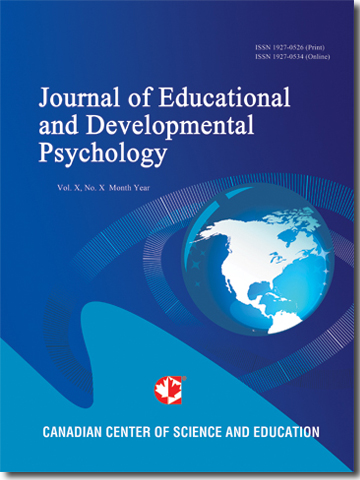Executive Functions in 5- to 8-Year Olds: Developmental Changes and Relationship to Academic Achievement
- Marianne Röthlisberger
- Regula Neuenschwander
- Patrizia Cimeli
- Claudia M. Roebers
Abstract
Pronounced improvements in executive functions (EF) during preschool years have been documented in
cross-sectional studies. However, longitudinal evidence on EF development during the transition to school and
predictive associations between early EF and later school achievement are still scarce. This study examined
developmental changes in EF across three time-points, the predictive value of EF for mathematical, reading and
spelling skills and explored children’s specific academic attainment as a function of early EF. Participants were
323 children following regular education; 160 children were enrolled in prekindergarten (younger cohort: 69
months) and 163 children in kindergarten (older cohort: 78.4 months) at the first assessment. Various tasks of EF
were administered three times with an interval of one year each. Mathematical, reading and spelling skills were
measured at the last assessment. Individual background characteristics such as vocabulary, non-verbal
intelligence and socioeconomic status were included as control variables. In both cohorts, changes in EF were
substantial; improvements in EF, however, were larger in preschoolers than school-aged children. EF assessed in
preschool accounted for substantial variability in mathematical, reading and spelling achievement two years later,
with low EF being especially associated with significant academic disadvantages in early school years. Given
that EF continue to develop from preschool into primary school years and that starting with low EF is associated
with lower school achievement, EF may be considered as a marker or risk for academic disabilities.
- Full Text:
 PDF
PDF
- DOI:10.5539/jedp.v3n2p153
Journal Metrics
(The data was calculated based on Google Scholar Citations)
1. Google-based Impact Factor (2021): 1.11
2. h-index (December 2021): 29
3. i10-index (December 2021): 87
4. h5-index (December 2021): N/A
5. h5-median (December 2021): N/A
Index
- Academic Journals Database
- CNKI Scholar
- Copyright Clearance Center
- CrossRef
- Elektronische Zeitschriftenbibliothek (EZB)
- EuroPub Database
- Excellence in Research for Australia (ERA)
- Harvard Library
- Jisc Library Hub Discover
- JournalSeek
- JournalTOCs
- LIVIVO (ZB MED)
- LOCKSS
- MIAR
- Open Access Journals Search Engine(OAJSE)
- PKP Open Archives Harvester
- Publons
- ROAD
- Scilit
- SHERPA/RoMEO
- Standard Periodical Directory
- Stanford Libraries
- Technische Informationsbibliothek (TIB)
- UCR Library
- UoB Library
- WorldCat
- Zeitschriften Daten Bank (ZDB)
Contact
- Carol WongEditorial Assistant
- jedp@ccsenet.org
